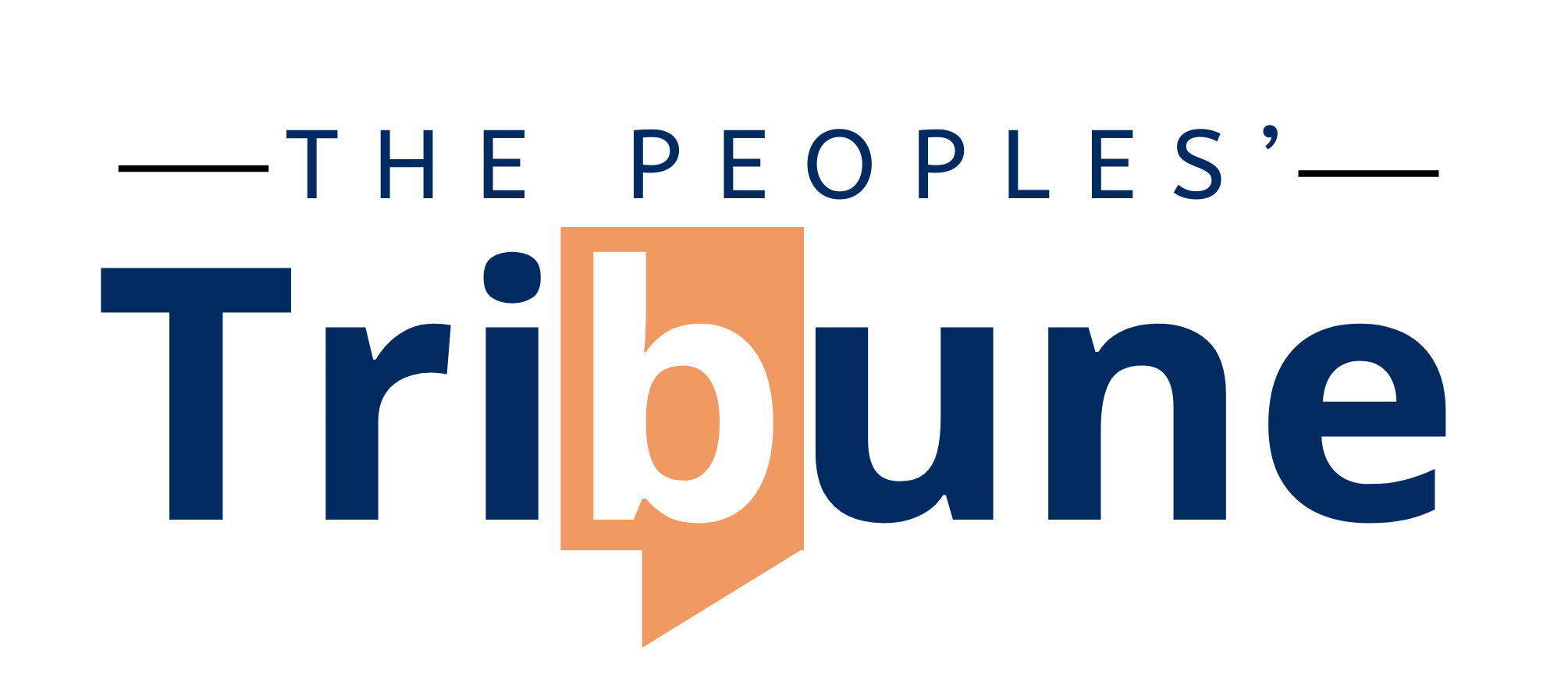GREAT BAY--St. Maarten attracts less foreign direct investment than several tourism-intensive Caribbean peers. A new working paper by Jason Lista at the Centrale Bank van Curaçao en Sint Maarten argues this pattern reflects tourism maturity described by the Tourism Area Life Cycle, TALC, model, not a collapse in investor confidence.
The paper links the island’s stage of development to its investment profile and proposes a shift in policy focus: move upmarket within tourism, diversify into complementary activities, and strengthen statistics to guide decisions.
𝐖𝐡𝐚𝐭 𝐭𝐡𝐞 𝐞𝐯𝐢𝐝𝐞𝐧𝐜𝐞 𝐬𝐡𝐨𝐰𝐬
The working paper details how TALC is operationalized for Sint Maarten through a logistic curve that approximates destination maturation, then maps observed tourism and macro indicators onto that path. Lista is explicit about data limits, including short FDI time series and classification issues that blur the line between true inward investment and pass-through flows, which makes stage-of-development inference sensitive to measurement quality. He argues for longer, cleaner series and more granular breakdowns by project type so policymakers can see whether capital is flowing to new builds, refurbishments, or productivity upgrades.
Since 2011, Sint Maarten’s FDI inflows as a share of GDP have lagged comparable island economies. Lista connects that outcome to a destination well past its rapid-build phase. In earlier stages, capital pours into hotels, marinas, and attractions; in maturity, the asset base is large, visitor volumes are steady, and marginal returns to another mega-project fall. Investment tilts toward renewal: refurbishments, efficiency upgrades, and product differentiation. Lower headline FDI does not signal decline, it signals a different mix of rational projects for a built-out destination.
𝐖𝐡𝐲 𝐓𝐀𝐋𝐂 𝐦𝐚𝐭𝐭𝐞𝐫𝐬 𝐟𝐨𝐫 𝐩𝐨𝐥𝐢𝐜𝐲
The TALC curve is an S-shape: discovery, development, maturity. Lista formalizes this with a logistic function and places Sint Maarten on the mature plateau using tourism and macro indicators. The implication is practical: stop judging success by the frequency of new resort announcements; judge it by yield per visitor, productivity gains, resilience, and breadth of experiences that can attract incremental capital without sprawl.
A second thread in the paper is the composition effect that maturity creates. In a built-out destination, capital tilts to renewal capital, for example energy retrofits, digital systems, and brand repositioning, which often register as smaller tickets spread over time rather than headline megaprojects. Lista cautions against reading lower aggregate inflows as policy failure when the mix is shifting toward efficiency and quality. He recommends policy tools and investor outreach that explicitly target these operators and funds, rather than chasing a growth-phase resort pipeline that no longer fits local returns.
𝐒𝐭𝐫𝐚𝐭𝐞𝐠𝐲: 𝐜𝐨𝐦𝐩𝐞𝐭𝐞 𝐝𝐢𝐟𝐟𝐞𝐫𝐞𝐧𝐭𝐥𝐲, 𝐦𝐞𝐚𝐬𝐮𝐫𝐞 𝐛𝐞𝐭𝐭𝐞𝐫
• Reposition upmarket: target higher-value segments, support operators that lift average spend, and prioritize quality over volume.
• Diversify around tourism: marine and cultural experiences, agrotourism, conferences, and festivals that broaden the investable pipeline while reinforcing the core visitor economy.
• Finance renewal: create time-limited windows for energy retrofits, water efficiency, accessibility upgrades, and digital readiness that crowd in mid-ticket FDI.
• Strengthen statistics: extend and refine FDI and tourism series, improve comparability with the French side, and publish diagnostics that investors can trust.
Lista also flags a structural challenge for evidence and strategy on a binational island. He encourages statistical strengthening that distinguishes the Dutch and French sides where possible, plus harmonized publication that improves comparability for investors scanning the market. Better measurement, he argues, is not cosmetic, it is a precondition for credible promotion and for evaluating whether upmarket repositioning and complementary diversification are working over time.
𝐑𝐞𝐠𝐢𝐨𝐧𝐚𝐥 𝐜𝐨𝐧𝐭𝐞𝐱𝐭 𝐚𝐧𝐝 𝐭𝐡𝐞 𝐂𝐁𝐈 𝐞𝐟𝐟𝐞𝐜𝐭
Some peers use citizenship-by-investment programs that inflate measured inflows and steer capital toward real estate. Sint Maarten does not. Lista’s point is to decouple performance from any single instrument; lifecycle stage still shapes the scale and type of FDI the island can attract. The goal is a portfolio that fits maturity, not a search for silver bullets.
A practical next step list
• Audit the asset base: map hotels and public venues by age, condition, energy use, and digital capacity; identify renewal candidates.
• Align permitting and land use: fast-track projects that upgrade quality and resilience; curb greenfield sprawl that erodes returns.
• Back experience-led niches: moorings, trailheads, small stages, and farm-to-table logistics build investable product at modest scale.
• Target the right capital: engage operators and funds that specialize in refurbishment, brand repositioning, and operational excellence.
𝐑𝐞𝐭𝐡𝐢𝐧𝐤𝐢𝐧𝐠 𝐬𝐮𝐜𝐜𝐞𝐬𝐬
If TALC maturity is correct, success will look like a steady cadence of smaller but higher-quality projects: property upgrades that cut operating costs, offerings that extend length of stay, and programming that raises spend per visitor. Measured right, this path can stabilize employment, raise productivity, and improve fiscal resilience without chasing boom-and-bust cycles.
FDI still brings foreign exchange, know-how, and jobs. Lista’s contribution is to marry FDI determinants with a tourism lifecycle lens; it offers Sint Maarten a stage-aware policy compass. Manage maturity, invest in quality, diversify around strengths, and measure rigorously; that is the agenda the research supports.
Join Our Community Today
Subscribe to our mailing list to be the first to receive
breaking news, updates, and more.



.jpg)


%20(412%20x%20570%20px)%20(412%20x%20340%20px).jpg)